Commentary: Study finds asylum seekers in these 3 cities and 1 state primarily responsible for record spike in homelessness
Published in Op Eds
Between 2022 and 2024, the U.S. saw a record 43 percent rise in “sheltered homelessness” – staying in some sort of emergency shelter, as opposed to living on the street. That is shocking enough on its own, but according to a new study, a contemporaneous spike in asylum seekers accounted for a stunning 60% of that increase.
“Asylum seekers” — as referenced in the study — are all recent immigrants seeking residence in the U.S., regardless of their legal status.
Unsheltered homelessness has been on the rise since 2015, but sheltered homelessness had declined by 12% from 2007 to 2022 before its sudden 43% spike between 2022 and 2024.
According to data from the Department of Housing and Urban Development (HUD), the total homeless population in the U.S. increased by about 189,000 from 2022 to 2024 (from about 582,000 to about 771,000). Most of that increase came from a 149,000 spike in the sheltered homeless population (from about 348,000 to about 497,000). Of that roughly 149,000 increase, almost 93,000 were asylum seekers.
Three-quarters of that rise in sheltered homelessness occurred in four “sanctuary” areas representing just five percent of the population – New York City, Chicago, Denver, and Massachusetts (primarily suburban Boston).
This concentration of the sheltered homeless population increase suggests that the surge was due both to changes in federal immigration policies and to differences in state and local governments’ accommodations for those populations.
New York City, which has a right-to-shelter law regardless of immigration status, experienced the largest number of newly sheltered homeless individuals, including an estimated 67,000 asylum seekers. HUD’s study points to anecdotal evidence of migrants’ preferences to live in New York City, as well as to media reports finding that most asylum seekers initially bused to New Jersey promptly relocated to New York City.
Chicago experienced a similar increase. While it initially housed a comparatively small number of homeless individuals, its sheltered homeless population increased more than sixfold over just two years, from about 2,600 in 2022 to 17,200 in 2024. Fully 94% of that increase came from asylum seekers.
Chicago advertises itself as a "Welcoming City” — what’s more commonly known as a “sanctuary city.” It doesn’t allow its police department to cooperate with Immigration and Customs Enforcement, and it makes “all services and benefits provided by the city… available to all Chicagoans, regardless of immigration status.” Those services and benefits include a “CityKey” government-issued ID card to unlock access to city services and special discounts, as well as extended housing in city shelters.
The surge in asylum seekers has profoundly impacted city and state budgets. According to the study, “Annual per-family asylum seeker shelter costs averaged $137,600 in New York City and reached as high as $120,000 in Massachusetts.”
In New York, “The city’s budget office reported that they expected to spend $4.37 billion on asylum seeker services in FY2025, compared to $1.47 billion in FY2023.” That amounts to about $530 per year for every New York City resident.
But areas that didn’t actively “welcome” and provide taxpayer services to individuals who entered the U.S. illegally did not experience similar increases in homelessness or spending on social services.
For example, while Florida experienced a sixfold increase in Cuban and Haitian asylum seekers, the state’s homeless population (sheltered and non-sheltered) increased by only 20%. And in Texas, where most illegal border crossings occur, the total homeless population increased by only 14%.
Under the Biden administration’s border policies, the number of people paroled into the U.S. pending asylum hearings exploded, from a reported 30,500 in 2021 to roughly 1.7 million in 2024. These figures represent only a portion of the roughly 9 million individuals who entered the U.S. illegally between 2022 and 2024.
Under the Trump administration, the number of illegal entrants has already plummeted, and any federal funding that was supporting sanctuary cities and states will likely dry up. On April 28, President Trump signed an EO directing the Attorney General and Secretary of Homeland Security to identify and publish a list of all sanctuary cities and states, and to put them on notice that they could lose federal funding if they obstruct federal immigration law enforcement or fail to comply with federal law.
This means that taxpayers in areas that attract and subsidize individuals who entered the U.S. illegally will not only bear the full burden of those “welcoming” policies, but they could also lose federal funding that supports their legal citizens – that is, unless they decide to change those policies and to comply with the federal law.
_____
Rachel Greszler is a Senior Research Fellow for Workforce and Public Finance in The Heritage Foundation’s Roe Institute.
_____
©2025 Tribune Content Agency, LLC.
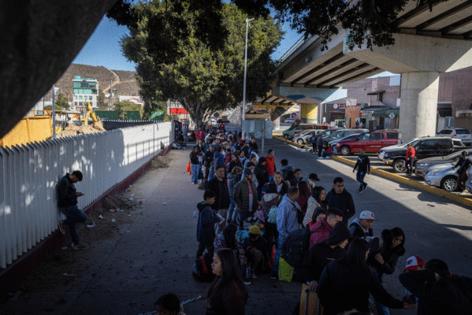


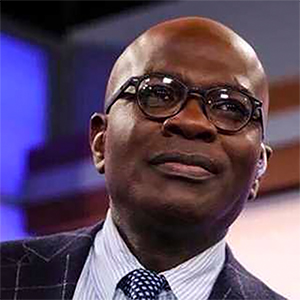
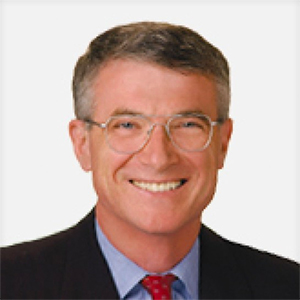
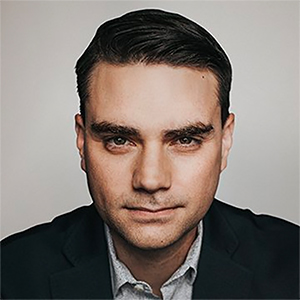

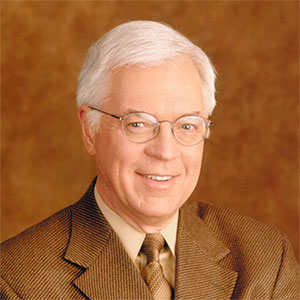
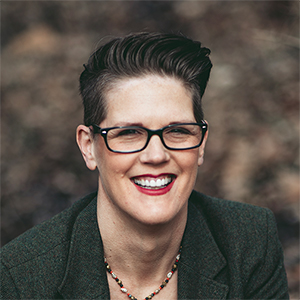
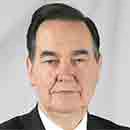

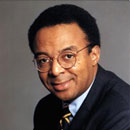






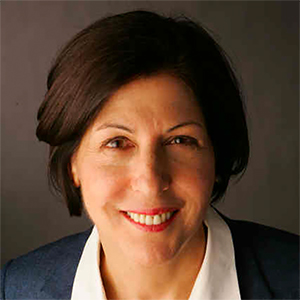




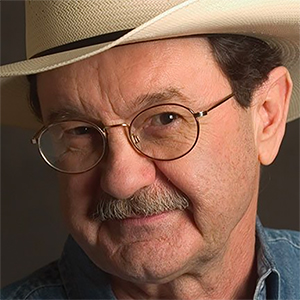

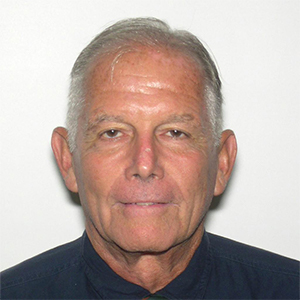
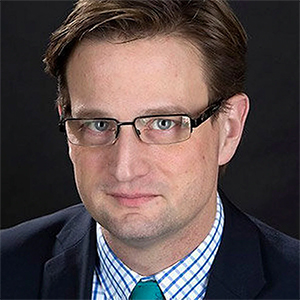
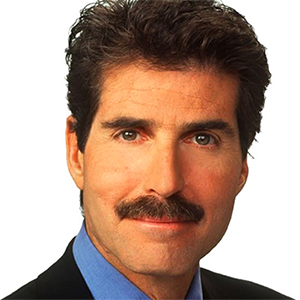

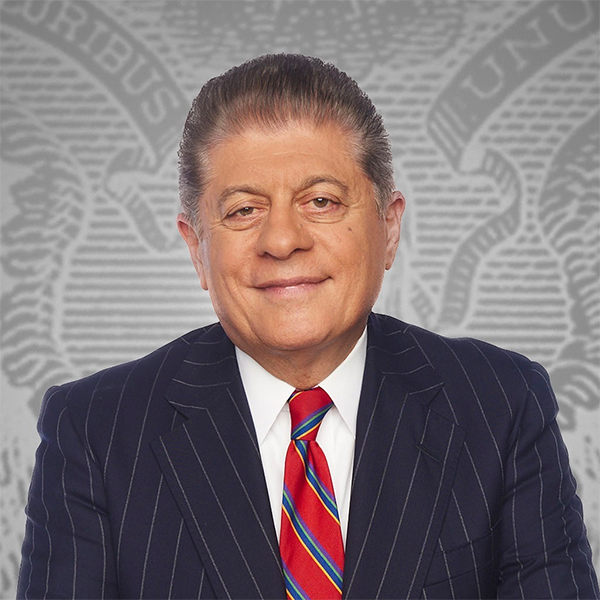


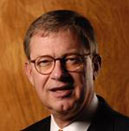
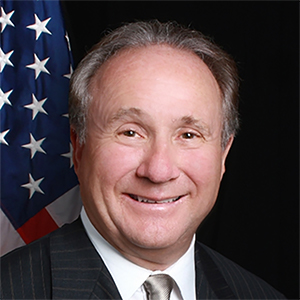

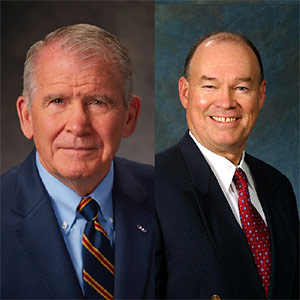









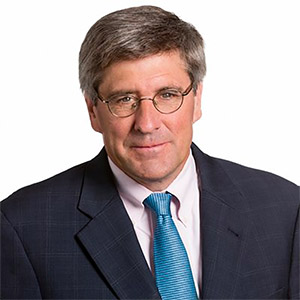


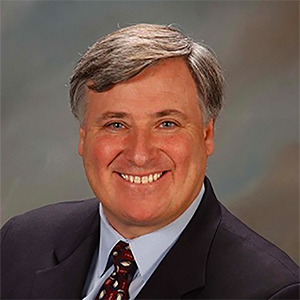




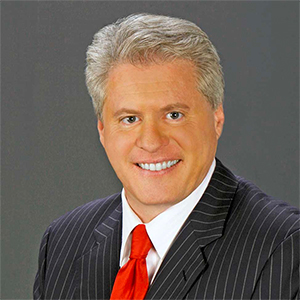


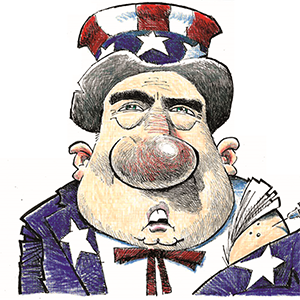


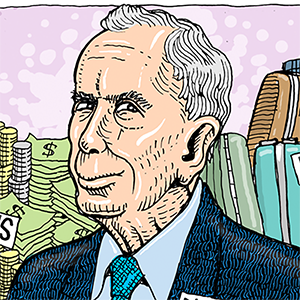
Comments